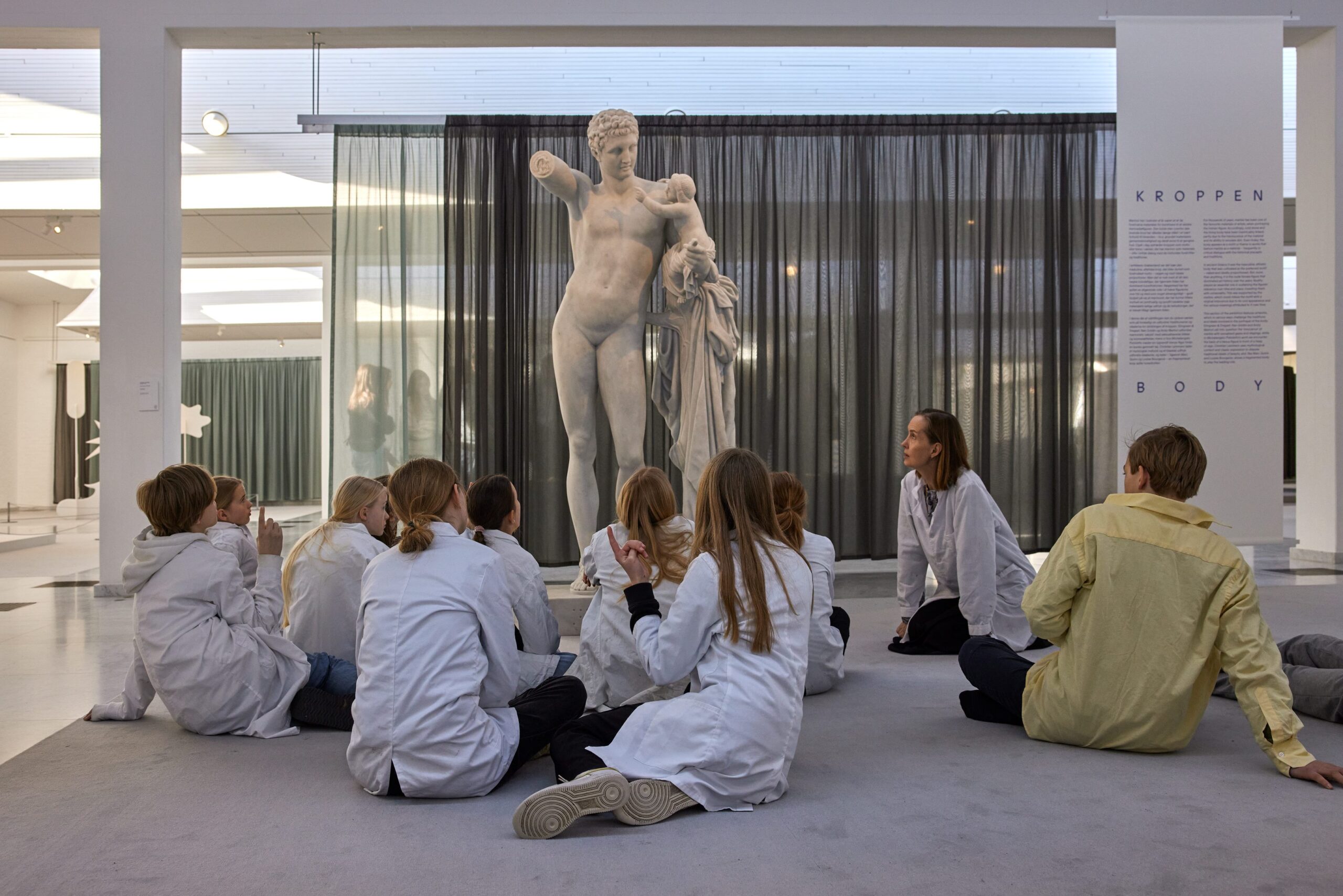Visual Thinking Strategies (VTS) is an inquiry-based teaching method created by cognitive psychologist Abigail House and museum educator Philip Yenawine. The main aspects of VTS teaching practice include three key inquiries:
- What’s going on in this picture?
- What do you see what makes you say that?
- What more can we find?
This method of teaching art enables students to use their existing visual and cognitive skills to use what they already know to work out what they don’t. The development of these skills boosts their confidence and experience and helps them to delve into more complex aspects of the works that they are viewing together or on their own.
Within the dialogue process, the emphasis is always that there are no wrong answers when viewing art. This removes the pressure to perform and allows the mind freedom to roam and make connections. Each input builds a dialogue within the viewing group and opens the work up to many different interpretations. Working with VTS is constantly surprising, even with works that we have worked with many times before. There is always something new to see and feel with each new audience and set of eyes. VTS vitalises and enlivens works in ways that we are unable to do with our own tools alone.
The VTS dialogue with the artworks is highlighted by the creative processes and tasks that precede the encounter with the artwork, take place within the exhibition space, or follow the visit to the exhibition space. In this way, children experience both an intellectual contact with the works as well as an embodied engagement with the techniques, concepts and concerns of the artists.

